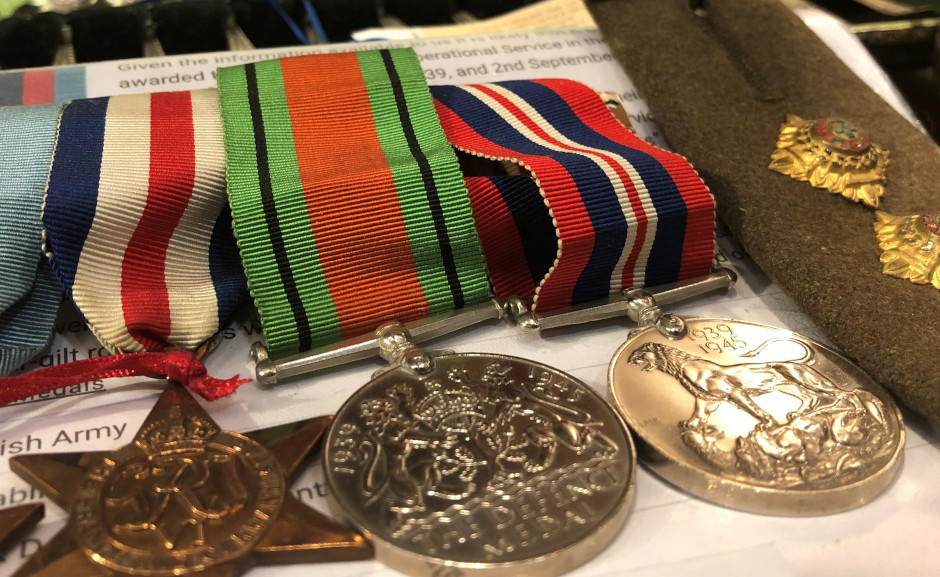
The artefacts of war - from antique swords and uniforms to badges and tobacco tins - give collectors a captivating glimpse into soldiers’ personal lives and possessions. It’s an area of keen interest, and one that’s becoming more concentrated. Discerning collectors would rather commit to one quality example than five ordinary pieces - so here’s how to scope out the highly ranked riches.
What to look for in military antiques
As with all antiques, the condition, rarity, beauty and history of militaria are all factors in potential value. If you’re still figuring out which specialism to niche in, here are some of the most popular dealer categories at Hemswell Antiques Centres:
Antique swords
Swords haven’t changed much from those once clasped by Vikings and Normans, but there are all kinds of variations. The earliest antique swords - those dating before the 17th century - are usually kept in museums. You might, however, uncover a rare Cromwellian broadsword at an auction, which can sell for £500 and upwards.
The most common antique swords for sale date back to the late 18th century and early 19th century. They may be plentiful, but these Napoleonic weapons still change hands at healthy prices. A 1796-pattern sabre with original scabbard can value at up to £300, while a Royal Navy boarding cutlass commands around £150. Highly collectable (and highly priced) antique swords from this period are officers’ swords. They should have a royal, regimental or navy cypher on the hilt and perhaps an inscription of the owner’s deeds. Lloyds Patriotic Fund naval antique swords, for example, can value at £20,000.
Laws surrounding swords antiques
It’s illegal to buy or sell certain types of antique swords less than 100 years old in the UK. This can be hard to prove, so it’s crucial to buy from reputable dealers. Swordsticks, butterfly knives, blowpipes, push daggers, and most Far Eastern martial arts weapons are included in this law.
Armour and military uniforms
These are highly popular with collectors and, more unexpectedly, hobbyists requiring battle reenactment accessories. Those on a budget probably won’t be able to acquire a complete suit - a Japanese suit of armour in medieval style from 1860 can fetch up to £12,000 at auction. Besides, few can be found outside museums today anyway.
If you do find a complete antique suit of armour, it’s likely to be a 19th-century copy, rather than those worn in medieval or Tudor tournaments. But copies are still good quality and beautifully designed - some examples sell for up to £1,500.
Everyday collectors are more likely, however, to stumble on helmets. Those worn during the Spanish Armada in the late 1500s can be bought for up to £2,500. Items such as breastplates are generally a little less: a Cromwellian cavalryman's breastplate, still indented with the armourer’s test-mark, sells from £800 upwards.
Where to find militaria and antique swords for sale
It’s important to read and research, question sellers, and then read some more, before you buy militaria. Nothing is more valuable than in-depth knowledge in a collectable niche.
Turn up to trade shows, conventions and antiques fairs, drop into antiques shops and trawl antiques centres throughout the UK. Find a reputable dealer on top of that for impartial information, advice and genuine items and your collecting will be an enjoyable and profitable venture.
Hemswell Antiques Centre is an old RAF base, so militaria feels at home within our walls. There are some fascinating military antiques for sale in Building One, including swords antiques, medals, uniforms and other time-travelling pieces.
Few antiques are more strongly linked to their original owners and periods than war antiques, and the best way to experience them is to examine them in person. Here’s where you can find us, in lovely Lincoln. We look forward to enhancing your collection with genuine military treasures - happy hunting.